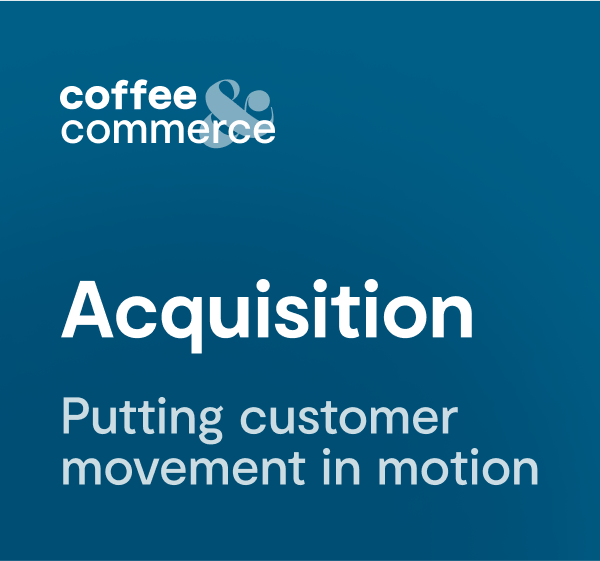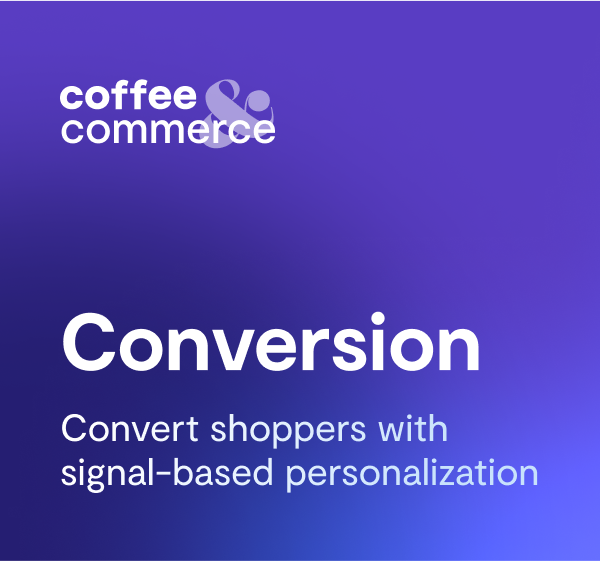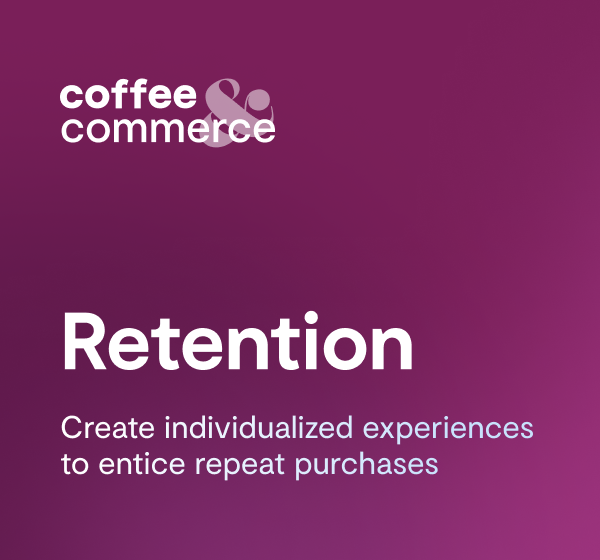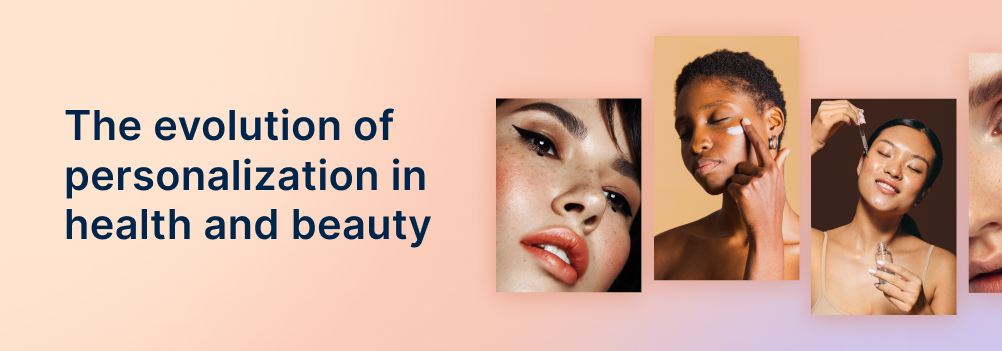
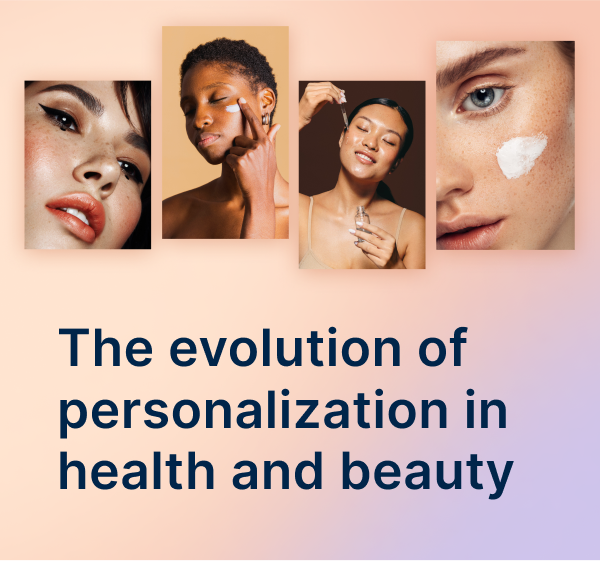
Creating Cross-Category Customers: The Evolution of Personalization in Health & Beauty
“Because you’re worth it.”
That’s what L’Oréal, the world’s most valuable beauty brand, has been telling customers since 1971. While this trademark is associated with the global brand, the reality is that all health and beauty products have the power of becoming part of people’s personal brands, translating to confidence, self-care, and empowerment.
Personalization in beauty has long been more experimental than other verticals, from the products themselves down to both the physical and digital retail experience. But today, when it comes to what’s “worth it” for the brands themselves, category leaders have moved beyond launching loyalty programs as the foundation for personalized execution.
Now they’re setting their sights on the next source of incremental revenue: one-time buyer rebuy conversion and three-year retention.
What Bluecore’s benchmarks say about personalization in beauty
In Bluecore’s first annual customer growth benchmarks report, we found that health and beauty led the pack in most retention metrics. These retailers had the highest repeat purchase rate with 21.5% of first-time buyers making a second purchase. They also had the highest third-year retention rate: 48.2% compared with an overall average of 36.5%.
However, this sector tied for last place with jewelry and luxury brands for survivorship, another key retention metric. Survivorship is defined by the number of new customers brands retain over a three-year period.
Health and beauty retailers are great at maintaining loyalty. But these brands’ three-year survivorship — 2.5%, compared with the 6% average — says that building loyalty is a major opportunity.
These metrics highlight the double-edged sword of health and beauty. The personal nature of health and beauty products may spark initial and repeat buying, but people’s preferences and styles and preferences evolve. Personalization in beauty must evolve along with them. Creating more cross-category buyers is the key.
Introducing new categories as early as possible
A footwear brand might personalize based on the fact that you prefer sneakers or sandals. Personalization in beauty is more granular at the product level.
Beauty products were designed to look different on everyone. The top-selling foundation on Ulta.com, for example, comes in 56 different shades from alabaster to ebony. Similarly, a search for face wash on Sephora.com brings up 251 unique products, which shoppers can whittle down with 14 different filters, including price range, skin type, concerns, and ingredient preferences.
One shopper may prefer clean beauty products because of sensitive skin. Another may specifically want a product with vitamin C or without sulfates or fragrances. Some shoppers may not have any particular skin concerns, but prefer to shop from Black-owned brands.
The average person is only going to use so much shampoo in any given period. Beauty retailers can (and should) send replenishment campaigns for their favorite products, but the key to expanding those relationships comes down to expanding customers’ horizons. Say that customer bought a vegan shampoo. Try recommending other vegan products.
The nirvana is getting customers to shop multiple categories because they all have different replenishment rates.
Ideally, retailers should convert first-time buyers into cross-category shoppers as soon as possible. Bluecore research shows that once a customer has made two purchases, the likelihood they make a third goes up by 95%.
Retailers should use first-time buyers as their focus testing group. That gives them an understanding of what works and how they can predict buyer preference evolution in the future. Artificial intelligence can help here, but it’s important to remember that algorithms are only as good as the data you feed them. Predictive models need a solid foundation of data that display an understanding of the vertical down to the product level.
Moving health and beauty shoppers through the lifecycle
Pre-pandemic, 85% of beauty products were purchased in-store, according to McKinsey research from May 2020. Just four years later, ecommerce is projected to account for 26% of the $646 billion health and beauty market.
Online shoppers may be flying blind, without helpful sales associates or the ability to swipe a tester lipstick on their forearm. However, most technologies were built to serve buyers, not shoppers. This means that marketers typically build prescribed journeys based on the purchase funnel.
While transactional data is just a small piece of the puzzle, there’s a bigger problem with that approach: Today’s customer journey isn’t linear. Whether they’re browsing, buying, or adding an item to their cart, every action a shopper takes represents a signal.
Personalizatio in beauty calls for more than just behavioral signals. They’re infinitely more powerful when layered in with product signals. Examples include whether an item is a new arrival or a best seller, trending, low inventory or recently back in stock, part of a category someone has purchased in the past, and many more.
Connecting your real-time product catalog offers much more signal and intent to personalize off. It also prevents personalization fails by taking inventory levels into account.
Health and beauty brands work in high volumes. If you know something is low inventory, that’s important for a future back in stock campaign. That also helps retailers avoid recommending an item that’s out of stock, instead prioritizing something else based on product attributes from that item.
The customer journey has evolved. Has your strategy?
Contributing the most to a brand’s profit, repeat customers are the lifeblood of retail. Compared with those in other verticals, the leading health and beauty retailers do a great job with retention and loyalty.
In our benchmarks report, the average retailer saw 69.2% more revenue from active buyers than from new ones. Health and beauty brands led the charge with 78.2%. These brands actually had such a strong performance that they threw the entire average off. No other vertical was above the average.
Collaborative filtering may have worked in the past, but the customer journey has evolved — and so has personalization in beauty. Leaders in the space are personalizing down to the product level and building loyalty by introducing customers to more categories. Health and beauty retailers who aren’t doing the same risk getting left behind.
Talk to us about how to increase your cross-category buyers.



